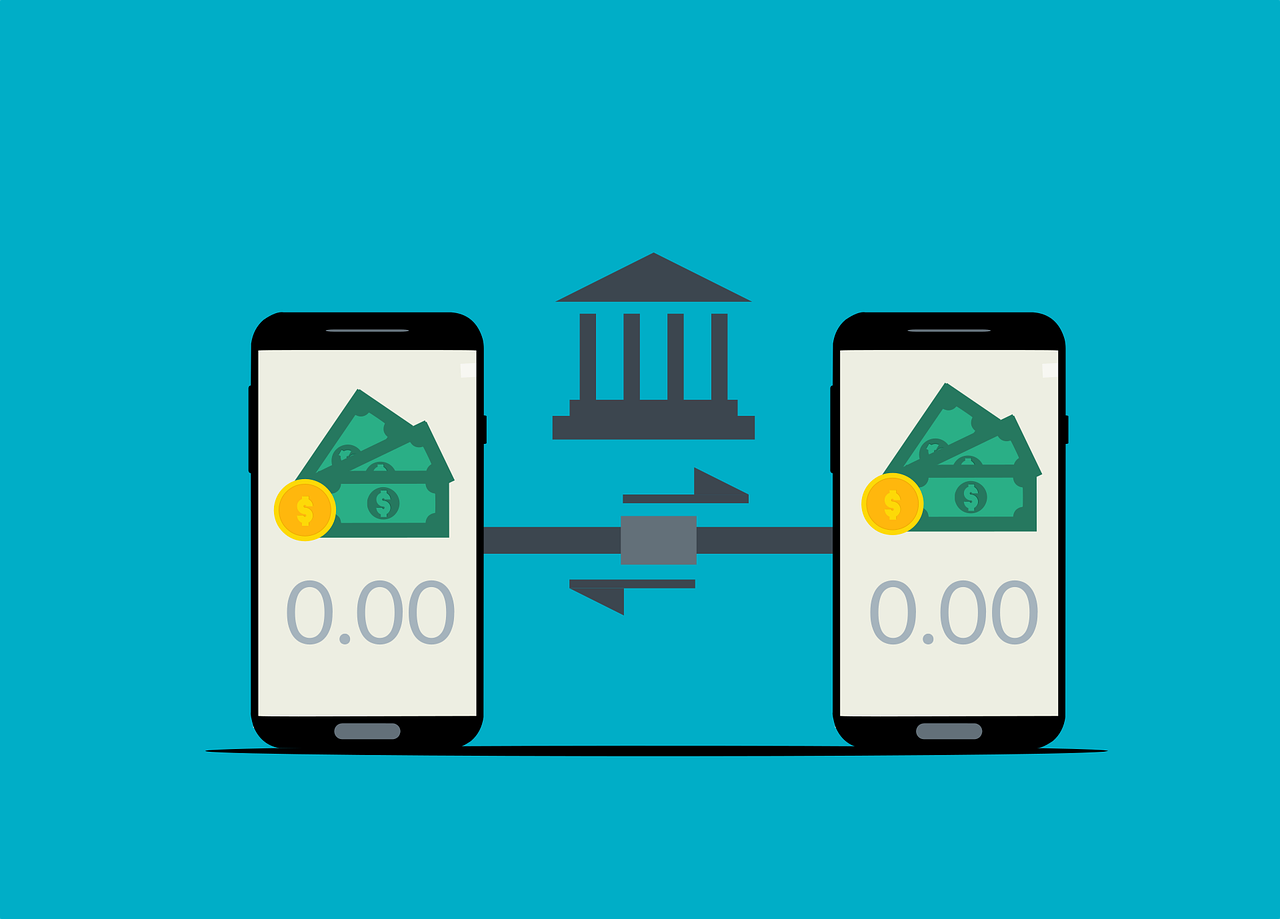In the modern world, electronic transactions have become a part of everyday life, especially in the banking sector. Electronic transactions are any transactions carried out through electronic means, such as online or mobile banking. They have made it possible for individuals and businesses to carry out financial transactions quickly and efficiently. Wire transfer and electronic transfer are two popular methods of electronic transactions. They are often used interchangeably, but they are different in several fundamental ways. Just check out this article on the difference between wire transfer and electronic transfer to make an informed decision.
Wire Transfer
A wire transfer is an electronic transfer of funds from one bank to another. It is a reliable method of sending money to another party quickly and securely. Wire transfers are commonly used for international transfers or for large sums of money.

- How Wire Transfer Works: To carry out a wire transfer, the sender must have the recipient’s bank account details, including the account number, bank name, and routing number. The sender then instructs their bank to transfer the funds to the recipient’s bank account. The sender’s bank then sends a message to the recipient’s bank, instructing them to credit the recipient’s account with the transferred funds. The transfer can take a few hours to a few days to complete, depending on the banks involved and the destination of the transfer.
- Advantages and Disadvantages of Wire Transfer: Wire transfers have several advantages over other forms of electronic transactions. Firstly, wire transfers are fast and secure. They are processed by banks and are usually completed within a few hours. Secondly, wire transfers are reliable. They are usually guaranteed by banks, which means that the sender can be sure that the funds will reach the recipient. Thirdly, wire transfers are useful for large sums of money. They are often used for transactions involving thousands or millions of dollars.
However, wire transfers also have some disadvantages. Firstly, wire transfers can be expensive. Banks usually charge a fee for wire transfers, which can be as much as $50 per transfer. Secondly, wire transfers can be subject to delays. The transfer can take several days to complete if there are delays in the banking system. Thirdly, wire transfers require the sender to have the recipient’s bank account details. If the sender does not have this information, it can be difficult to carry out the transfer.
- Common Uses of Wire Transfer: Wire transfers are commonly used for international transactions, such as paying for goods or services from another country. They are also used for large transactions, such as buying a house or a car.
Electronic Transfer
Electronic transfer is a broad term used to describe any transfer of funds that is carried out electronically. This includes transfers made through online banking, mobile banking, and other electronic means.
- How Electronic Transfer Works: Electronic transfers can be carried out in several ways. They can be made through online banking, where the sender logs in to their bank account and instructs the bank to transfer the funds to the recipient’s account. They can also be made through mobile banking, where the sender uses a mobile banking app to carry out the transfer. Electronic transfers can also be made through payment services such as PayPal or Venmo.
- Advantages and Disadvantages of Electronic Transfer: Electronic transfers have several advantages over other forms of electronic transactions. Firstly, they are fast and convenient. Electronic transfers can be carried out from anywhere with an internet connection, making them convenient for individuals and businesses. Secondly, electronic transfers are cost-effective. Many banks offer free electronic transfers, which can save the sender money. Thirdly, electronic transfers are secure. Banks and payment services use advanced security measures to ensure that transfers are secure.
However, electronic transfers also have some disadvantages. Firstly, they can be subject to delays.
The speed of electronic transfers depends on several factors, such as the banks involved and the location of the recipient. Electronic transfers can take anywhere from a few hours to a few days to complete. Secondly, electronic transfers can be subject to technical issues. If there are technical issues with the bank’s website or mobile app, the transfer may not go through. Thirdly, electronic transfers may require the sender and recipient to have accounts with the same bank or payment service.
- Common Uses of Electronic Transfer: Electronic transfers are commonly used for a wide range of transactions, including paying bills, transferring funds between accounts, and making online purchases. They are also used by businesses to pay suppliers and employees.
Differences between Wire Transfer and Electronic Transfer
Wire transfer and electronic transfer differ in several fundamental ways. In this section, we will compare the two methods in terms of speed, cost, security, and accessibility.
- Speed: Wire transfers are generally faster than electronic transfers. Wire transfers are processed by banks and can be completed within a few hours. Electronic transfers, on the other hand, can take anywhere from a few hours to a few days to complete.
- Cost: Wire transfers are generally more expensive than electronic transfers. Banks usually charge a fee for wire transfers, which can be as much as $50 per transfer. Electronic transfers, on the other hand, are often free or cost only a few dollars per transaction.
- Security: Both wire transfers and electronic transfers are secure methods of transferring funds. Banks and payment services use advanced security measures to protect transfers from fraud and theft.
- Accessibility: Wire transfers require the sender to have the recipient’s bank account details, including the account number, bank name, and routing number. Electronic transfers, on the other hand, can be carried out using only the recipient’s email address or mobile phone number. This makes electronic transfers more accessible than wire transfers.
- Type of Information Required: Wire transfers require more information than electronic transfers. Wire transfers require the sender to have the recipient’s bank account details, including the account number, bank name, and routing number. Electronic transfers, on the other hand, may require only the recipient’s email address or mobile phone number.
- Institutions Involved: Wire transfers are processed by banks and require the sender and recipient to have bank accounts. Electronic transfers can be carried out using payment services such as PayPal or Venmo, which do not require the sender and recipient to have bank accounts.
Video: What is the difference between electronic and wire transfer?
Conclusion
Wire transfer and electronic transfer are two popular methods of electronic transactions. They differ in several fundamental ways, including speed, cost, security, and accessibility. Wire transfers are generally faster but more expensive than electronic transfers. Electronic transfers are more accessible but can be subject to delays. Both methods are secure and can be used for a wide range of transactions. The choice of method depends on the specific needs of the sender and recipient. Understanding the fundamental differences between wire transfer and electronic transfer can help individuals and businesses make informed decisions when carrying out electronic transactions.












